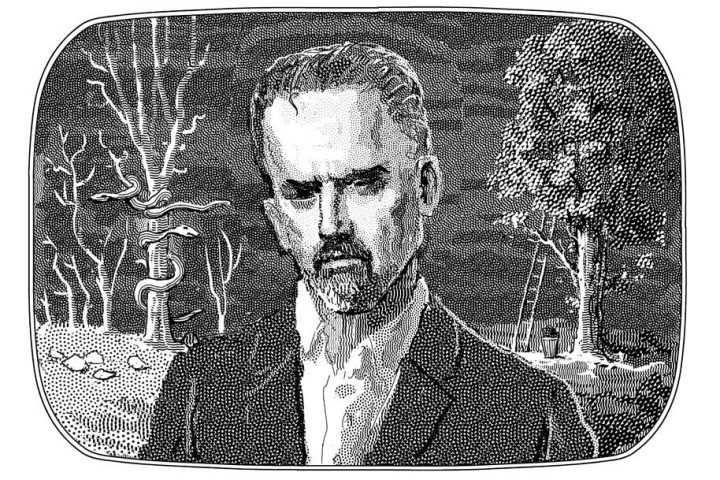Books Reviewed
Does Walter Isaacson’s handsomely produced and well-written biography of Leonardo da Vinci (which only occasionally descends to the demotic, such as calling Michelangelo a “hot new artist”) tell us enough that is new to distinguish it from previous efforts? Although it bears a strong resemblance to Charles Nicholl’s Leonardo da Vinci: The Flights of the Mind (2004), using many of the same sources and the same quotations, Isaacson’s book emphasizes Leonardo’s scientific and technological endeavours while Nicholl’s downplays them.
It is true that Leonardo discovered no law of physics, no anatomical feature is named for him, and his only foray into large-scale engineering works (an attempt to divert the River Arno from Pisa to reduce that city’s independence from Florence) ended in disaster. Had he not painted, or had his paintings been lost, the now-famous notebooks he kept of his studies, ideas, and inventions would probably have been confined to the footnotes of scholarly specialists.
Against this, Isaacson enthuses over Leonardo’s multi-faceted brilliance, which he ascribes to his ability to see a profound puzzle behind what the vast majority of people take for granted—the blueness of the sky, for example. Leonardo was not a dilettante, exactly: no one whose anatomical interests led him to dissect 30 human corpses and innumerable animals—and produced such beautiful anatomical drawings that they stand as works of art as well—could possibly be called that. The fact that he did not publish his findings speaks to the purity of his motives; he was an example of brilliance without egotism.
When it comes to the question of Leonardo’s genius, Isaacson, who has written biographies of Benjamin Franklin, Albert Einstein, and Steve Jobs, ends with advice or rules about how we can all become more like Leonardo ourselves, as if, fundamentally, he had been writing a kind of erudite biographical version of those airport self-help books about how to triumph in marketing or succeed in business. These rules include: seek knowledge for its own sake, retain a childlike sense of wonder, procrastinate, think visually, collaborate, make lists, be open to mystery. This all sounds a little Maoist to me. At least he does not compare Leonardo to Michael Jordan who, along with Mozart, was for a time (which is now over) the example of sheer human genius American journalists used in books about exceptional accomplishment.
* * *
In general, Isaacson is wary of, or even hostile to, the concept of genius. He says towards the beginning of his book that “[s]lapping the ‘genius’ label on Leonardo oddly minimizes him by making it seem as if he were touched by lightning.” And towards the end he writes: “As I hope you will by now agree, Leonardo was a genius, one of the few people in history who indisputably deserved—or, to be more precise, earned—that appellation. Yet it is also true that he was a mere mortal.” This seems to me confused, or at least wrestling with a straw man. The taking-dictation-from-God idea of Mozart’s genius is surely not held by anyone (although even taking dictation, at least on such a scale, would require some effort); nor does anyone think that geniuses are not mortal. Behind Isaacson’s words lies a Dale Carnegie view of life: you too can be a genius. But I can safely assure everyone that, however colossal my efforts, I shall never write Così fan tutte, any more than I shall win friends and influence people.
On the whole, though, if Isaacson’s judgments seem to me sometimes a little wayward…well, whose don’t? For example, in his discussion of the Lansdowne version of the Madonna of the Yarnwinder, he omits the (to me obvious) defect of the picture, namely the gross disproportion of mother and child.
More importantly, Isaacson’s attempt to relate Leonardo’s achievements as a painter to his scientific interests in optics and anatomy (that the Mona Lisa’s enigmatic smile, for example, was the product of his dissection of human lips) strikes me as forced. Isaacson also seems to have accepted the naïve view that the more realistic a painting is—the more correct its perspective, the truer to what is actually seen—the better it is, and the greater the progress in painting. He implies that Leonardo is best because he knew more than any other artist about the behavior of light.
This is surely very crude, and permits him to quote, in all seriousness, the opinion of Jonathan Jones, the Guardian’s art critic, that Leonardo’s depiction of the fetus in the womb “is for me the most beautiful work of art in the world.” What, I wanted to know, was the second, or the seventh, most beautiful work? Art is not a kind of Olympic Games, with gold, silver and bronze medals.
* * *
It is very difficult to rid our minds of what Wyndham Lewis called the “demon of progress in the arts.” Art is not marching anywhere, has no final destination, and certainly there is no guarantee that what comes after, however technically accomplished, will be better than what came before. Benjamin Haydon is not a better painter than Johannes Vermeer because he was born more than a century after Vermeer’s death.
Isaacson quotes Giorgio Vasari on the Mona Lisa, to the effect that “It was painted in a way to make every brave artist tremble and lose heart.” For Isaacson, the painting “became…a distillation of his [Leonardo’s] accumulated wisdom about the outward manifestations of our inner lives and about the connections between ourselves and our world.” As a counter to this kind of gaseous effusion, it is worth reading Donald Sassoon’s Becoming Mona Lisa (2001), about the famous work’s reception in the world, which was not always so grandiose. For myself, I can easily think of a hundred paintings that move me more than the Mona Lisa.
I do not want to end on a sour note, however. Isaacson has written a competent and informative biography, well worth reading.



